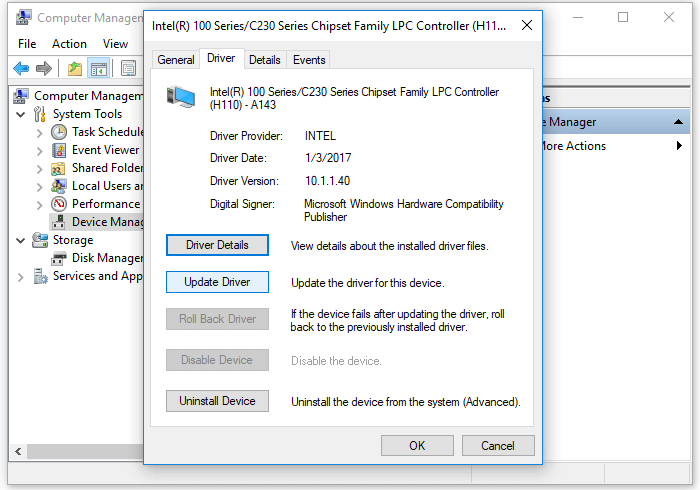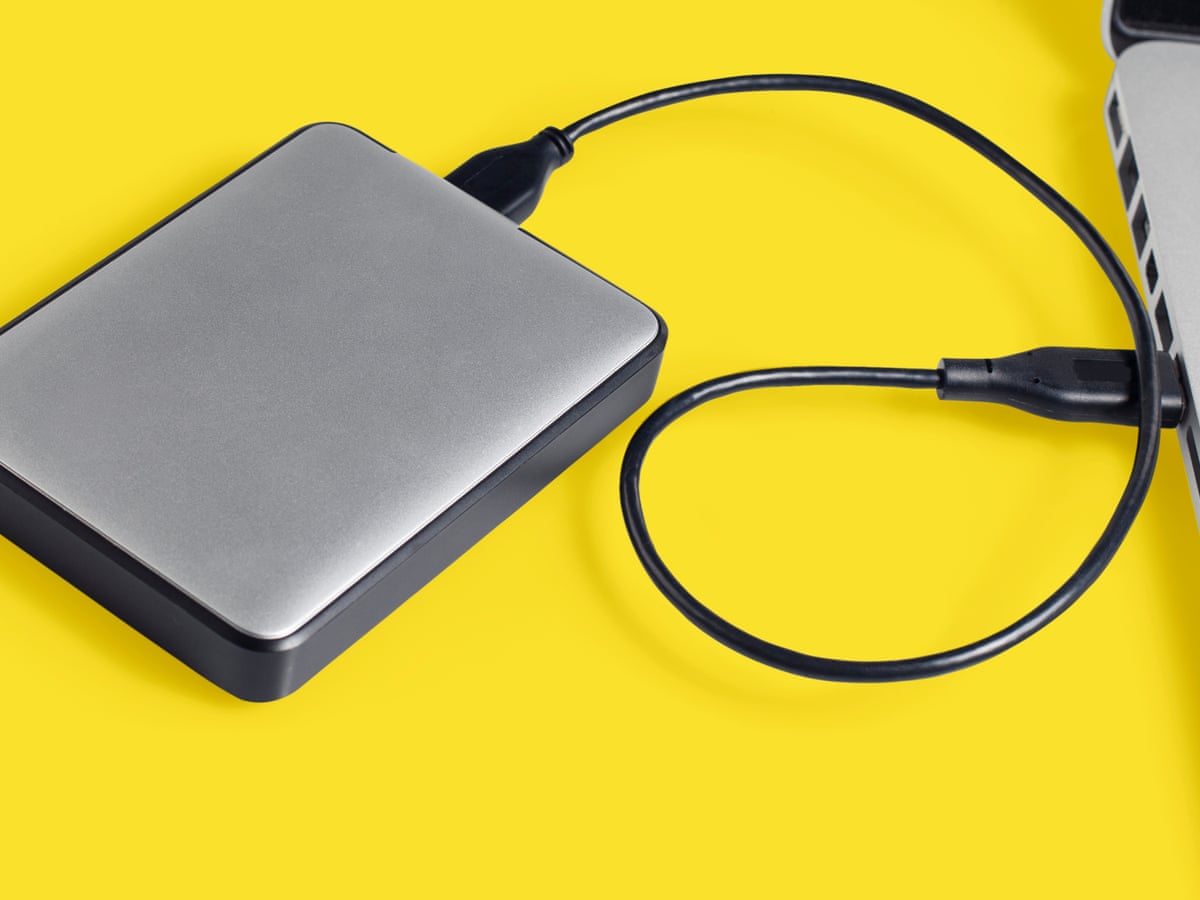- Hp Device Drivers
- Speedup Port Devices Drivers
- Com Port Drivers
- Microsoft Device Drivers
- Open Up Device Drivers
- Speedup Port Devices Driver
Most devices, if available now, are going to be on the newer standard however, a device being USB 3.0 isn’t enough to guarantee that you’re actually getting the promised USB 3.0 speed. In order to get USB 3.0 speed on Windows 10, you need three things; a USB 3.0 port, a USB 3.0 device, and a connecting cable that supports it. Supported Parallel Port devices. More and more, the parallel port is used to connect other devices than printers. To support this parallel port drivers are written for the devicesto work. This appendix presents devices for which parallel port support is written. Features of the Active USB-COM Port Driver 1.Features: The USB device can be removed from the PC USB Port while the application opens the Serial Port with which the USB; device is connected. (It will be kept opening when the USB device is plugged into the USB Port again.) The Virtual Serial Port is always existed on PC even if USB device is. Virtual COM Port Drivers. Some USB devices use a Virtual COM port (VCP) driver, which causes the USB device to appear as an additional COM port available to the PC (listed in Windows Device Manager, under the Ports (COM & LPT) type, as a “USB Serial Port (COMx)” device. The Chipset driver is Intel 10.1.1.7 from. When I try to update it from the properties window, it will go to 10.1.1.13 from, but still reports with the same name. Also only that 'device' updates. Is there a way of updating the whole Chipset inf devices instead of doing it one by one?
Symptoms
Consider the following scenario:
- You connect a Universal Serial Bus (USB) audio device, such as an audio adapter or USB digital-to-analog converter (DAC), to a Windows 10 Version 1703-based computer for the first time.
- The operating system detects the device and loads the standard USB audio 2.0 driver (usbaudio2.sys).
- Windows then downloads the device-specific driver from Windows Update.
- The downloaded device driver replaces the usbaudio2.sys driver.
Hp Device Drivers
In this scenario, the device cannot be used, and the computer does not have sound. The speaker icon on the task bar is marked with an X mark. When you select the icon, you receive the following message:
Audio services not responding. Both the Windows Audio and the Windows Audio End Point Builder services must be running for audio to work correctly.
Cause
Speedup Port Devices Drivers
This 'audio not playing' problem occurs because the default USB audio 2.0 driver (usbaudio2.sys) uses the WaveRT port for operation but the device-specific driver does not. However, both drivers use the 'wave' reference string when the device interface is registered.When the device-specific driver replaces the default driver, the device interface that is created by usbaudio2.sys is still used because the reference strings overlap. Therefore, the operating system assumes that the new driver also supports the WaveRT port. Because the new driver does not support the WaveRT port, the system cannot access the driver.

Resolution


To fix this problem, use one of the following methods.
Com Port Drivers
Method 1
Uninstall the device. To do this, follow these steps:
- Open Device Manager.
- Select and hold (or double-click) the name of the device, and then select Uninstall.
Note:In step 2, don't select the Delete the driver software for this device check box.

Method 2
Connect the device to a different USB port. The problem may not occur if the device is connected to a different USB port.
Microsoft Device Drivers
Method 3
Open Up Device Drivers
If the device is not yet connected, install the device-specific driver first. You can do this by using the appropriate installer for the device. Then, connect the device. Windows now selects the device-specific driver instead of the default USB audio 2.0 driver. This method works in this situation because the problem occurs only if the device-specific driver replaces the default driver after the device is connected.
Speedup Port Devices Driver
See Also

